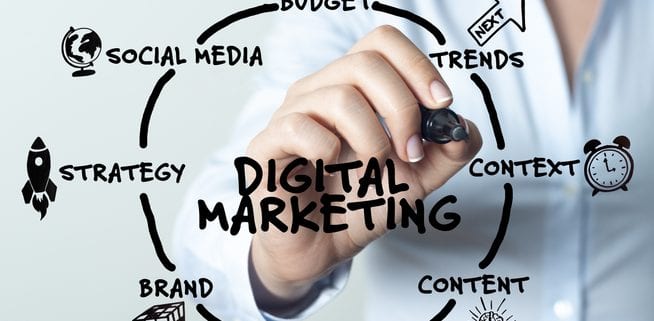
Effective Lead Generation Strategies For Professional Services
As a lead generation professional services firm, your marketing efforts shouldn’t be focused on selling a specific product or solution. Instead, you should be focused on selling your expertise. This means that you should focus your marketing strategy on generating brand awareness as well as increasing your brand authority. Doing so will lead to greater success in generating new leads. With that in mind, you will need to implement various lead generation professional services strategies. The following are a few of the lead generation strategies that can be very effective for professional services firms:
1. Publish Informative And Relevant Blog Content
Setting up a blog on your website will allow you to regularly publish content in one place. If this content is relevant to your target audience and is of high quality, then it can be incredibly effective at generating leads. This is because high-quality content helps to build brand authority. The more brand authority you build, the more trust you build, making it easier to capture potential leads. Additionally, not only will good content help capture leads, if properly optimized for SEO (search engine optimization), you will be able to attract more potential leads to your website as well through organic search.
2. Create Case Studies
Case studies are an exceptionally effective form of content marketing for professional services. This is because case studies showcase exactly how your professional services are leveraged to the benefit of your customers. Leads will be able to discover exactly how your professional services have helped similar customers with their needs. Not only do case studies help increase awareness of your professional services, they boost your brand trust since they highlight the experience of past customers — and leads tend to trust what other customers have to say.
3. Use Relevant And Enticing Offers
Generating leads isn’t possible unless you’re capable of capturing leads. To capture leads, you will need to provide an offer that’s relevant to them. You need to encourage them to provide you with their name and email address, after all. Make offers based on the content of the page that the lead is on to ensure that they are relevant. One way to do this is to offer “content upgrades,” which are more in-depth pieces of content relevant to the page they’re on, such as eBooks or whitepapers. Free trials can be very effective offers for leads who are towards the end of the buyer’s journey.
Similar Article: A Brief Guide To Sales Lead Generation
4. Implement A Referral Program
One of the best ways to get highly qualified leads is through a referral program. A referral program encourages existing customers to refer your business to other customers. Typically, a referral program will provide existing customers with a reward for every referral they provide. However, they won’t just recommend you to any lead since they are staking their reputation on the referral. Because of this, the leads they refer will assume that your business is trustworthy, which means that they will be easier to convert. This also means that leads obtained through a referral program often have a shorter sales cycle.
5. Use Email Marketing
Email marketing can include not just nurturing the leads you’ve captured, but also to engage in email prospecting, which is essentially the email marketing form of cold calling. However, when engaging in email marketing, make sure that you segment your audience list. This will ensure that when you send emails that the content included (or linked to in the email) is relevant to the recipient. If it’s not relevant, you’re likely to lose that lead.
6. Leverage Social Media
Social media is an excellent way to engage with potential leads and spread brand awareness. Simply interacting with followers when they engage with you as well as using your social channels to post content can help to foster reputations and build brand trust. Additionally, you can find new prospects by engaging with industry influencers and by participating in community groups and discussions that are relevant to your business.
7. Promote Your Content
In order for your content to have an impact on lead generation, you will need to promote it. You can do this in numerous ways. For example, you can promote your content by posting links to it on your social channels. You can post links to your content upgrades on social channels as well. You can also use PPC ads and social media ads to promote new blog content or content upgrades. Finally, you can promote new content to leads you’ve captured via email marketing.
When it comes to professional services firms, lead generation depends heavily on your ability to generate awareness and build brand authority. Using these lead generation professional services strategies, you should be able to put your company into a position to attract and convert more leads.




























